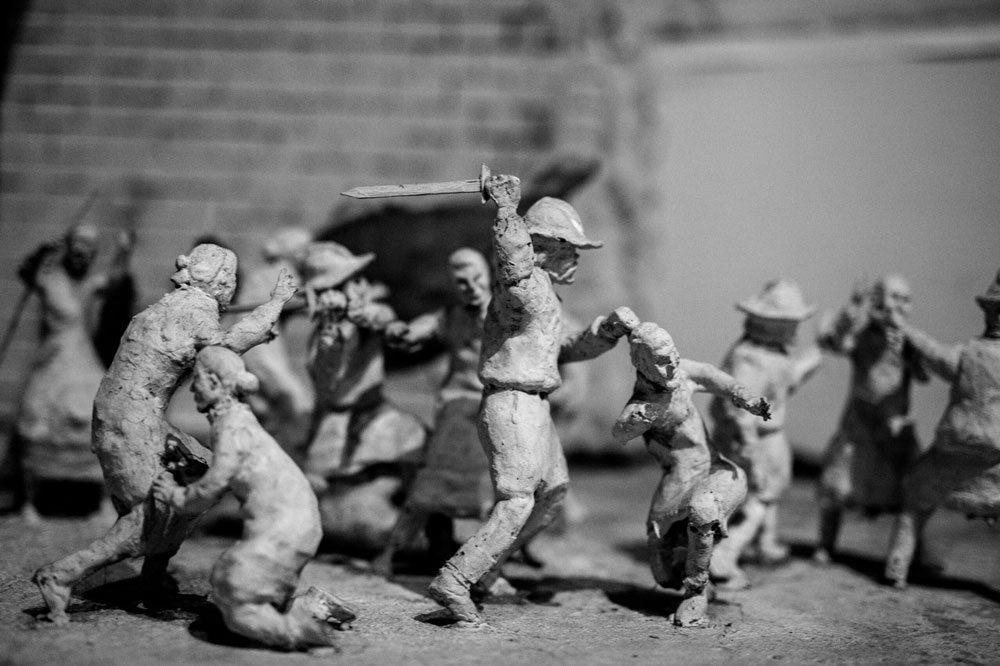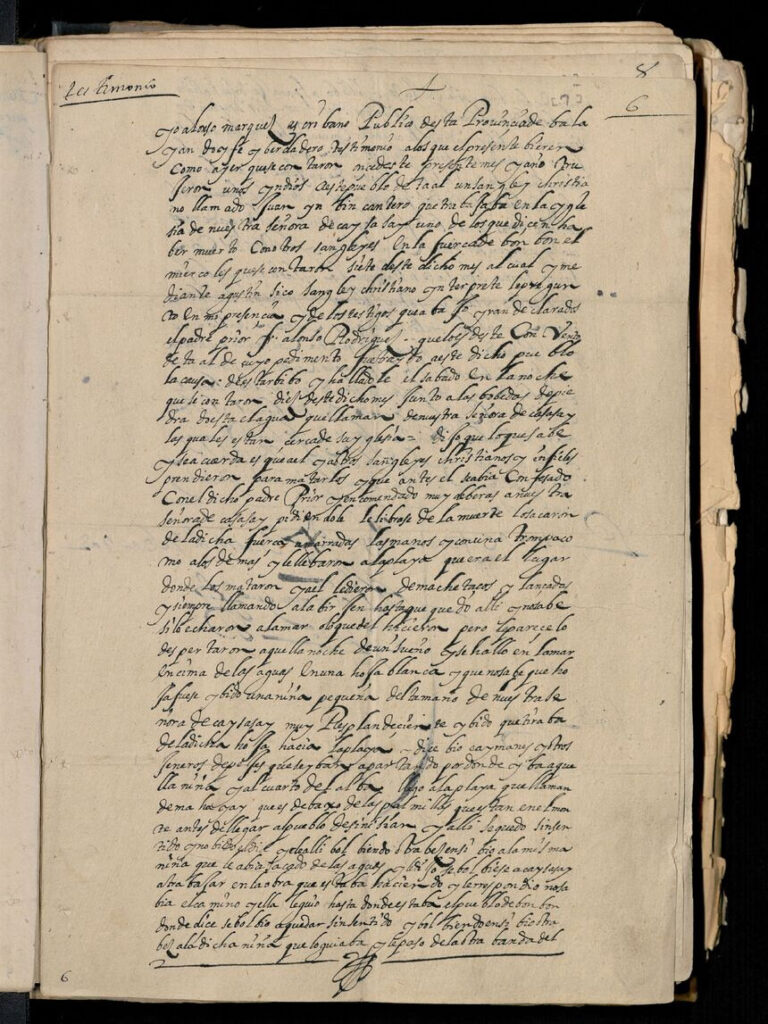Race, Massacre, and Resurrection in Caysasay
By Christina Lee
The spring-fed well was where two women saw the reflection of the Virgin of Caysasay, is now known as the Miraculous Well of Sta. Lucia. Juan Imbin helped build the protective arch. He was found under it after his resurrection.
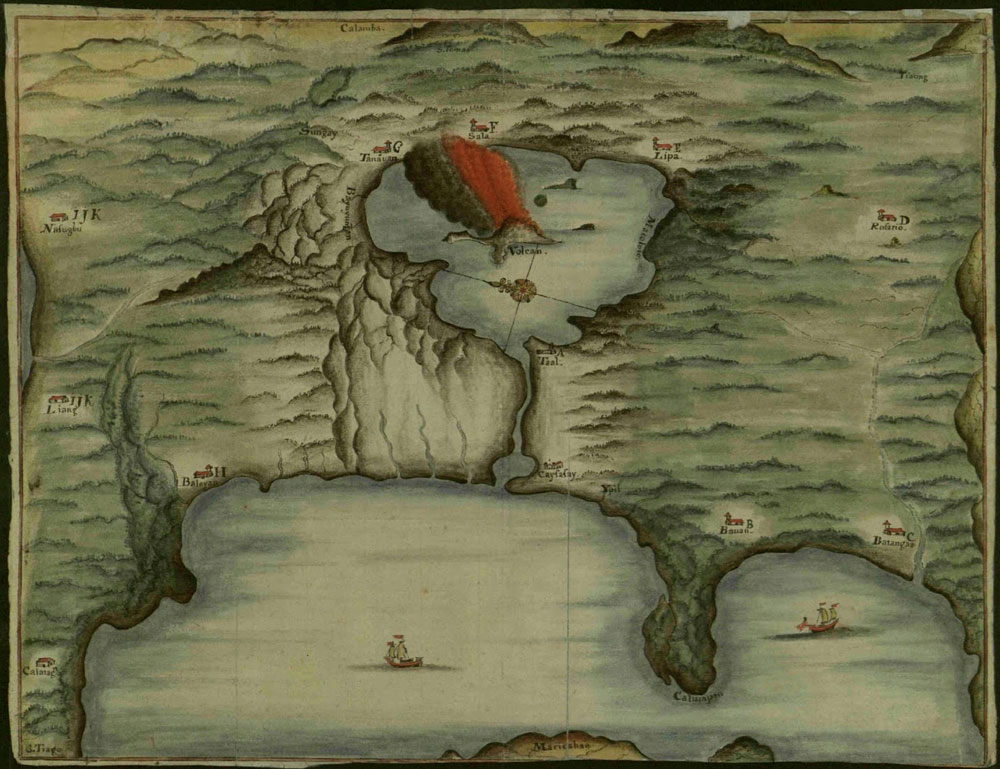
yMap from 1741 showing Taal Volcano in the province of Batangas erupting. Caysasay, Taal is between the lake and the outer bay, to the east of the river outlet.
Historical context of the Document
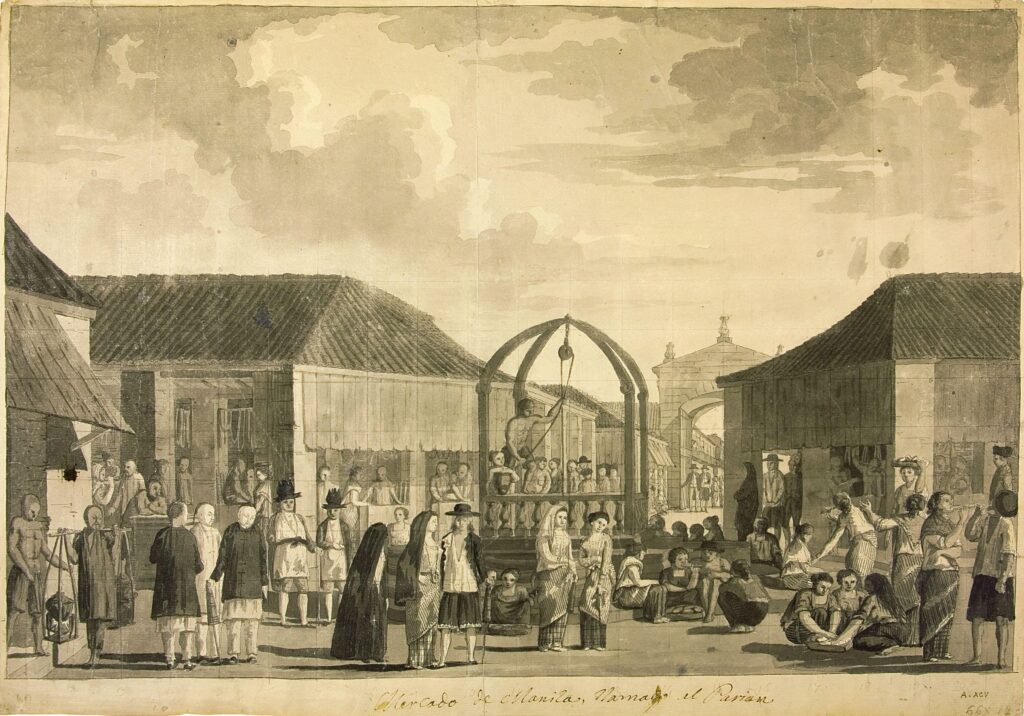
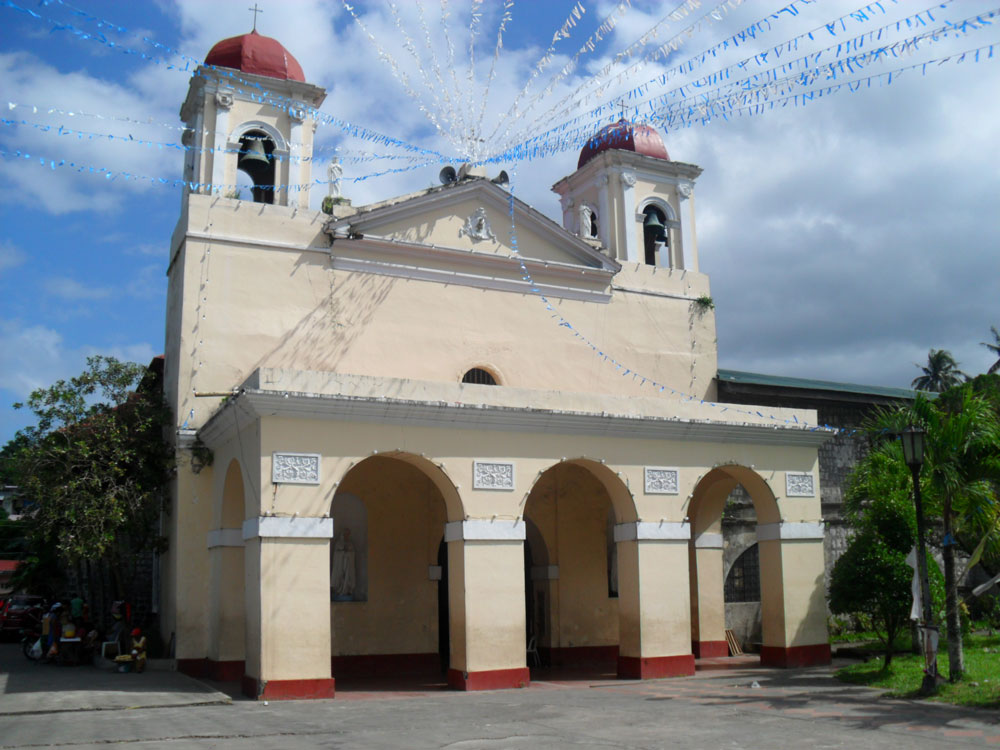
Our Lady of Caysasay is an example of early stonmasonry in the Philippines, dating from 1639 and repaired many times over the centuries.
The Chinese migrant who ignites the investigation of the miracle of Our Lady of Caysasay is identified as Juan Imbin. To the surprise of the residents of Taal and neighboring areas, Imbin appears on the grounds of the church of Caysasay four days after he had been executed by Spanish-led forces and declares: “My name is Juan Imbin, and I am one of the Chinese who was killed at the fort [of Taal].”15 Speaking through a bilingual Chinese translator, Imbin gives the following testimony in the following order. He had worked in the church of Our Lady of Caysasay, as a stonemason for about three years. He had built a vault over the “sacred” spring near the church, and he had been in the process of cutting some stones to build a fence in the backyard of the church at the time he was captured and later executed along twenty-eight other Chinese.
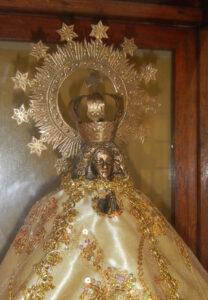
Imbin stated that he gave confession to the priest and then entrusted himself to Our Lady Mary of Caysasay, pleading that she release him from death because he had served in her church for such a long time. He was then removed from the fort and, with a neck brace and his hands still bound, escorted to a nearby shore. Once he arrived at the shore, he saw the scattered corpses of the Chinese who had been led out of the fort before him. Imbin then kneeled and lowered his head. A native man struck his neck with a machete and he lost consciousness. But that night, Imbin recalled that he felt as if he had awakened from a dream in which he found himself at sea on top of a white leaf. He then saw a little girl [niña pequeña] the size of the statue of Our Lady of Caysasay, who was very resplendent and was pulling the leaf [on which he was lying] towards the shore. The little girl told him that he should return to Caysasay to continue his construction labor at the church. When he replied that he did not know how to get there, she guided him towards the town of Bombon [Taal]. He lost consciousness for a third time. Upon waking again, Imbin saw that the girl was floating in the air as she was pulling him through the Bombon river and then down a hill to finally place him next to the vault of the sacred spring in Caysasay. He was found and rescued by a native man who had gone to the spring to fetch some water.
"The little girl told him that he should return to Caysasay to continue his construction labor at the church. When he replied that he did not know how to get there, she guided him towards the town of Bombon [Taal]. He lost consciousness for a third time. Upon waking again, Imbin saw that the girl was floating in the air as she was pulling him through the Bombon river and then down a hill to finally place him next to the vault of the sacred spring in Caysasay. He was found and rescued by a native man who had gone to the spring to fetch some water."
— Juan Imbin testimony, 1639View Page in the Full Transcribed Document
READ THE FULL DOCUMENT
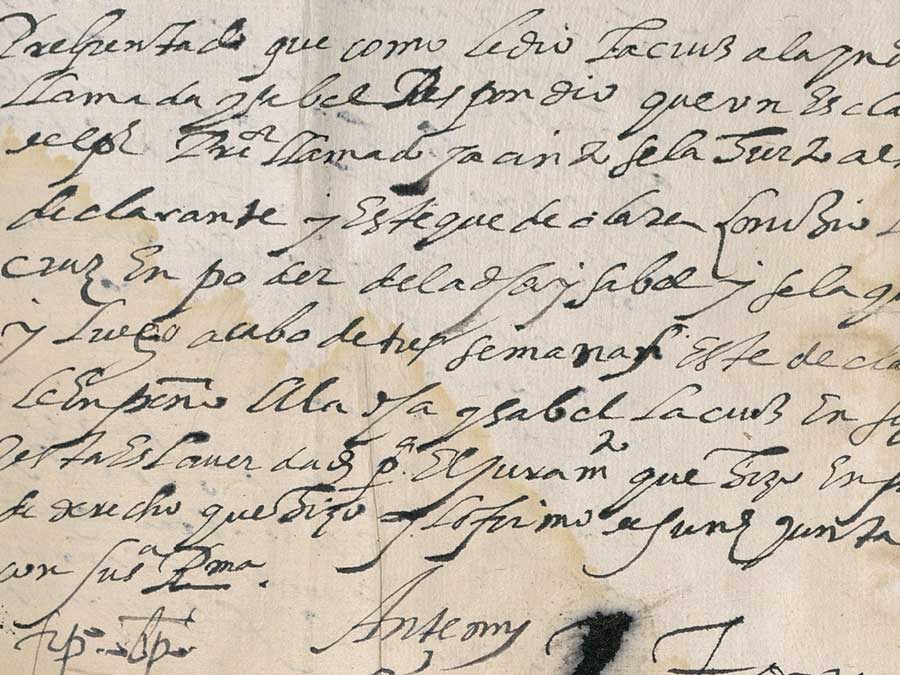
Año de 1640—Información sobre el milagro que Nuestra Señora de Caysasay usó con Juan Ynbin, sangley cristiano.
Year 1640—Information about the miracle that Our Lady of Caysasay performed with Juan Ynbin, a Christian Chinese (English translation of title)
124 pages, transcribed and translatedView the full document
VIEW OTHER FEATURED TEXTS
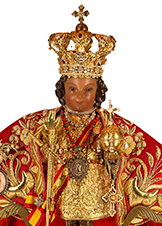
The Theft of the Golden Cross of the Santo Niño
An India and Esclavo at the crossroads between communities
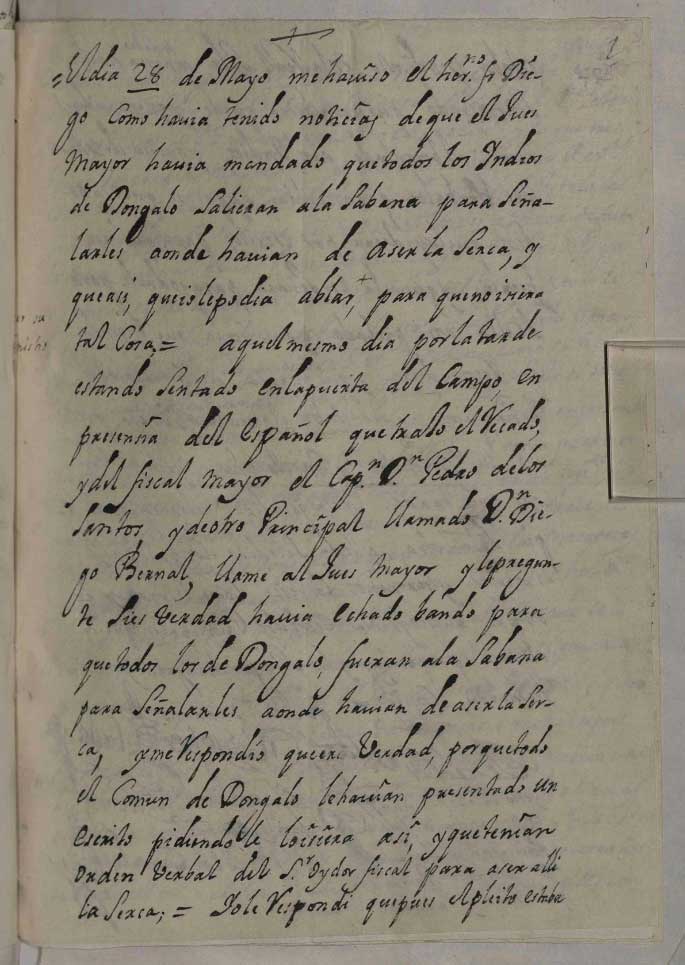
Upheaval and Indigenous Resistance in Dongalo
In May of 1717, a physical skirmish broke out in Dongallo, a town just south of Manila between a group of local principales and Augustinian officials over where the line between their property really was
